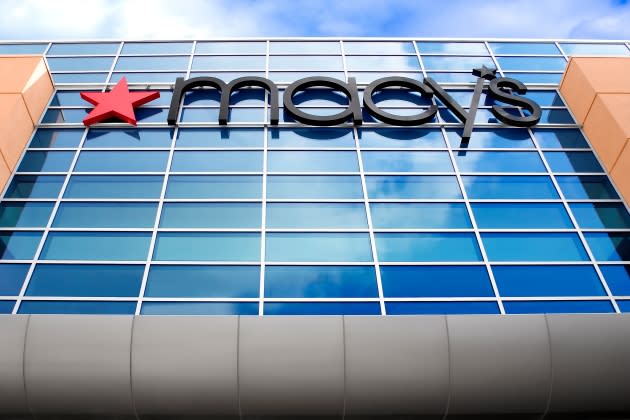In Fashion: Strategy vs. Execution at Macy’s, Farfetch and Beyond

There’s seeing the destination — and then there’s getting there.
It’s a distinction that’s becoming more important as fashion and beauty companies pivot into a new world and start to make increasingly dramatic changes.
More from WWD
When Gordon Von Bretten, chief transformation officer at Coty Inc., took the stage at the New York Stock Exchange for the company’s investor meeting last week, he let slip a little bit of C-suite truth in describing the company’s “All-In to Win” plan addressing “cost, cash, growth and strategy.”
“Transformation is probably 80 percent about execution and 20 percent about planning,” said Von Bretten, a veteran of big transformation efforts at private equity giant KKR. “So to create this kind of overview or something a consultant can do in 15 minutes, but that’s not what it’s all about. The plan is 20 percent and the execution is 80 percent. And that’s where most businesses fail.”
While Coty has its hands full re-establishing itself in beauty, selling the rest of Wella and expanding with the Kardashian clan, it’s a message that’s important for others in the industry right now, too.
Follow-through is very much the topic du jour in department store retailing as everyone watches Saks Fifth Avenue, which separated its brick-and-mortar base from its web business and is now eyeing an e-commerce initial public offering. The hope is that the parts are collectively worth much more than the whole as Wall Street seems willing to pay up for e-commerce and little else.
The move — seemingly welcomed by many in the investment set — goes against a decade of omnichannel hype that saw retailers do everything they could to bring their clicks and bricks closer together.
Saks’ ambition is clear and echoed by companies across the spectrum. Buzzy e-commerce companies are getting crazy valuations in the market today, why shouldn’t the bigger, better equipped and better established players get their own crazy valuations?
That strategy — to separate the e-commerce business and reap big rewards — is simple, but the execution is something else, requiring scores of contracts to act as connective tissue so the retail and the web business are still omni and work together.
Prodded by activist investor Jana, Macy’s Inc. is exploring a similar move now and has hired AlixPartners to weigh the ramifications of a split, tapping the consultancy that helped Saks work out its plan.
“We have been looking at the costs, benefits, execution risks and [potential] of additional shareholder value getting unlocked. We have been working with our board and advisers on this for some time,” Jeff Gennette, Macy’s chairman and chief executive officer, told WWD.
If there’s a chance to sell a part of one’s business for more than what it’s worth all together, the CEO of any public company is legally bound to consider it.
But can it really be pulled off?
The divide between strategy and execution is also coming into focus in luxury now that Farfetch’s José Neves is considering Johann Rupert’s long-standing call to create a neutral luxury e-commerce platform. Farfetch is in talks that could link it much closer to Rupert’s Compagnie Financière Richemont and its Yoox Net-a-porter division.

Courtesy of Farfetch
Both Neves and Rupert are big thinkers and visionaries, but they still face the hard work of not just seeing the future, but building it. In this case, that seems to mean taking on the big job of building consensus.
Lorenzo Bertelli — son and apparent successor to Prada’s CEO Patrizio Bertelli — did not rule out the notion of joining in on an open e-commerce platform.
“I think we can expect they will come and talk to us, we are their partners, but it’s premature, they have not even closed the conversation,” Bertelli said. “We are open to any opportunity but the scenario is not clear enough yet to give an answer.”
The opportunity here is the strategy. The answer — if team open platform can get to “yes” — is the execution.
And that does seem to be 80 percent of the work to be done.
More from In Fashion:
In Fashion: Supply Chain Shutdown, Start Up and Reinvention
In Fashion: Next Generation Control Freaks With a Dream
In Fashion: A Direct-to-consumer Mirage?
Sign up for WWD's Newsletter. For the latest news, follow us on Twitter, Facebook, and Instagram.

